10 Conspiracies People Used to Believe That Sound Like Sci-Fi Today
In the realm of human imagination, the line between reality and fiction often blurs, creating a fertile ground for conspiracy theories that echo the wildest science fiction fantasies. These bizarre conspiracies, once fervently believed by many, highlight the deep-seated human desire to uncover hidden truths and challenge the status quo. Conspiracy theories are not merely the domain of the paranoid or the fringe; they are cultural phenomena that reveal much about societal fears and aspirations. Often, they are rooted in real events or legitimate concerns, but as they evolve, they take on a life of their own, fueled by the same creative spirit that drives science fiction. This article delves into 10 such conspiracies, each a fascinating blend of fact, fiction, and the extraordinary, inviting us to question not only the world around us but also the nature of belief itself.
1. The Hollow Earth Theory: A Journey to the Center of Imagination
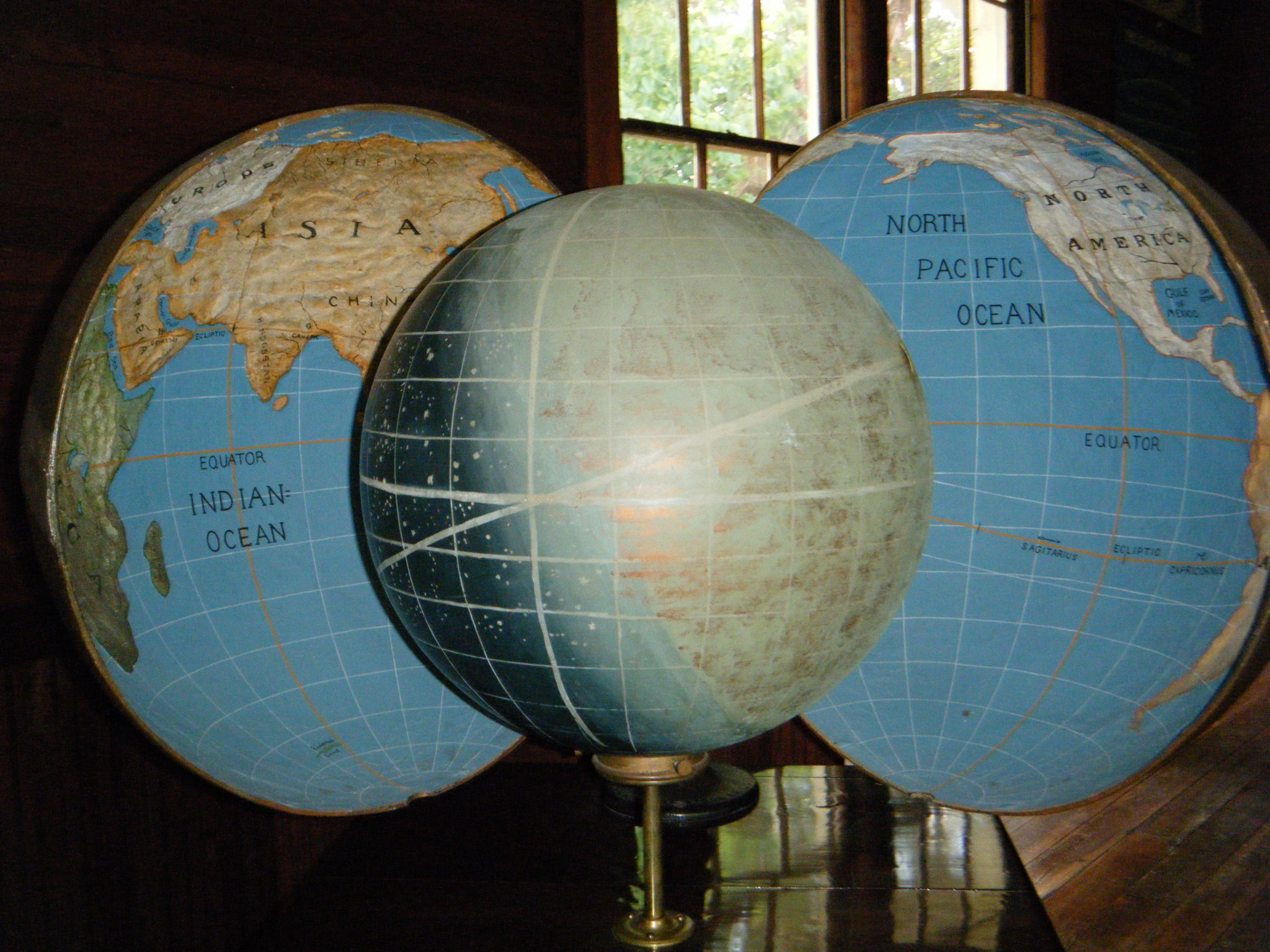
The Hollow Earth theory posits that our planet is not a solid sphere but rather contains vast, habitable spaces within. This idea, which gained traction in the 17th and 18th centuries, was initially proposed by Edmond Halley, the astronomer famous for Halley's Comet. Halley suggested that the Earth consisted of concentric spheres, each capable of supporting life. This notion was further popularized by writers like Jules Verne in "Journey to the Center of the Earth," blurring the lines between scientific hypothesis and literary fantasy. The theory captivated the public imagination, inspiring explorations and expeditions in search of hidden civilizations beneath our feet. Despite being debunked by modern geology, the Hollow Earth theory persists in popular culture, serving as a metaphor for the unknown and the unexplored.
2. The Philadelphia Experiment: Warping Reality and Time

The Philadelphia Experiment is a conspiracy theory that claims the U.S. Navy conducted a secret experiment in 1943, attempting to render the USS Eldridge invisible. According to the legend, the experiment not only achieved invisibility but also resulted in teleportation and time travel, with disastrous consequences for the crew. This tale of military ambition gone awry has been dismissed by the Navy and debunked by historians, yet it remains a captivating story of technological hubris and the potential perils of scientific advancement. The Philadelphia Experiment reflects the anxieties of the wartime era, where rapid technological progress fueled fears of unintended consequences. It also taps into the sci-fi tropes of invisibility and time travel, inviting us to ponder the ethical implications of such capabilities.
3. The Moon Landing Hoax: A Giant Leap for Mankind or a Giant Lie

The Moon landing hoax conspiracy theory suggests that the Apollo 11 mission in 1969 was staged by NASA, with the iconic footage filmed on Earth. Proponents of this theory point to supposed anomalies in the photographs and videos, such as inconsistent shadows and the absence of stars in the lunar sky. Despite overwhelming evidence to the contrary, including testimonies from astronauts and corroborating data from independent sources, the Moon landing hoax theory persists, fueled by skepticism towards government institutions and the allure of a grand deception. This conspiracy echoes science fiction themes of space exploration and the manipulation of reality, challenging us to discern truth from fiction in an age of information overload.
4. The Roswell Incident: Aliens Among Us
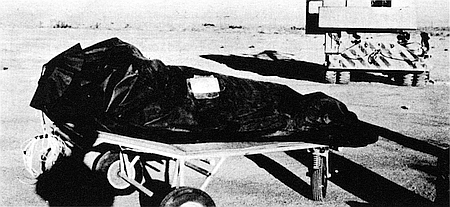
The Roswell incident of 1947 is one of the most famous UFO-related events in history, sparking decades of speculation about extraterrestrial life and government cover-ups. According to the conspiracy, a flying saucer crashed near Roswell, New Mexico, and the U.S. military recovered alien bodies, which were subsequently hidden from the public. While the official explanation attributes the debris to a high-altitude balloon from a classified project, the Roswell incident remains a touchstone for UFO enthusiasts and conspiracy theorists alike. This enduring fascination with Roswell reflects the human longing for contact with otherworldly beings and the belief in a hidden truth beyond our comprehension, themes that are central to countless science fiction narratives.
5. The Montauk Project: A Tale of Time Travel and Mind Control
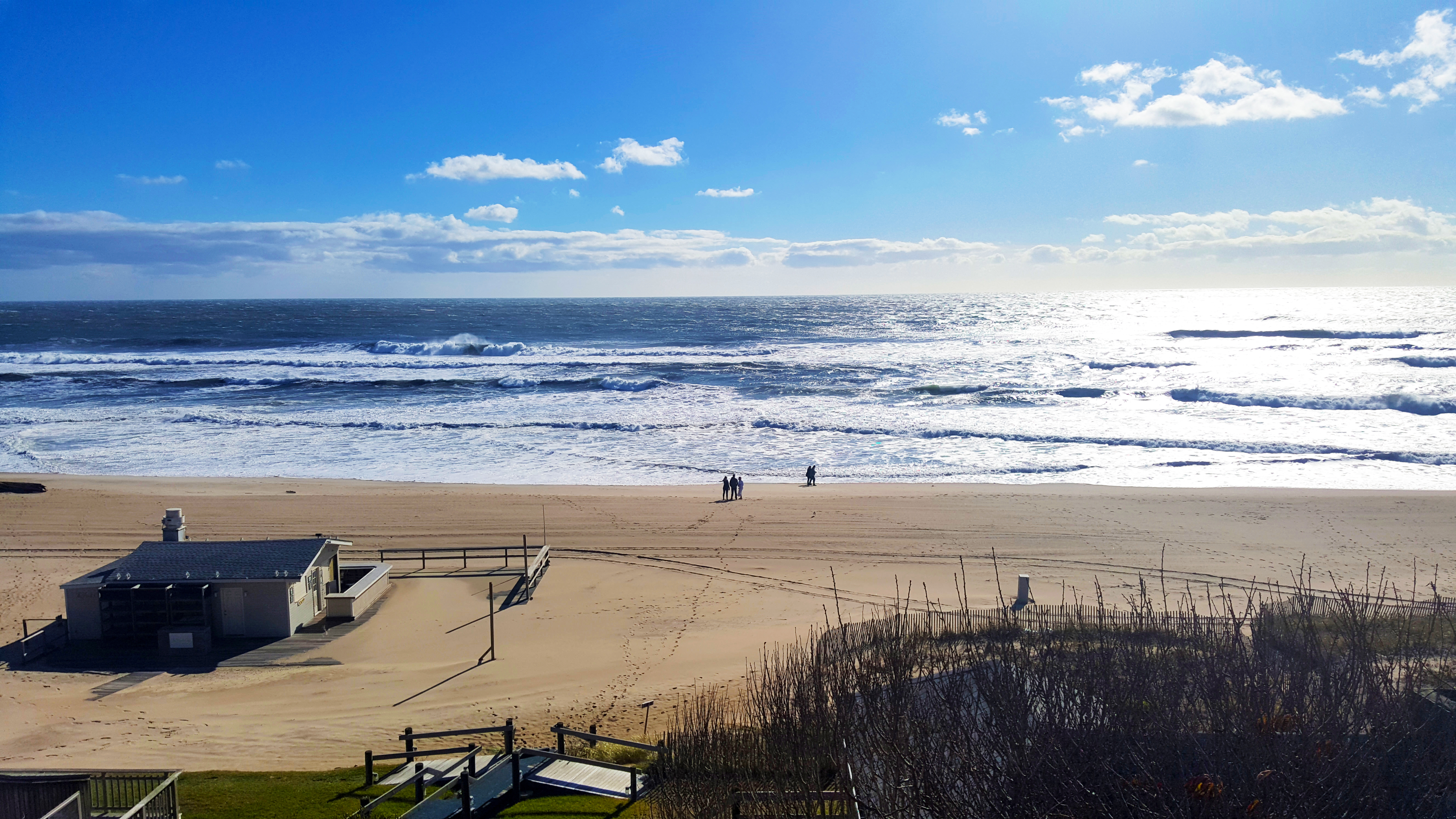
The Montauk Project conspiracy theory alleges that secret experiments in time travel, teleportation, and mind control were conducted at Camp Hero, a decommissioned military base in Montauk, New York. This theory, popularized by the book series "The Montauk Project: Experiments in Time," claims that these experiments were part of a larger government effort to develop advanced technologies for warfare and surveillance. The Montauk Project taps into fears of government overreach and the ethical dilemmas posed by emerging technologies, drawing parallels to sci-fi stories like "Stranger Things." It serves as a cautionary tale about the potential misuse of scientific knowledge and the thin line between scientific exploration and ethical responsibility.
6. Chemtrails: The Sky as a Canvas for Control
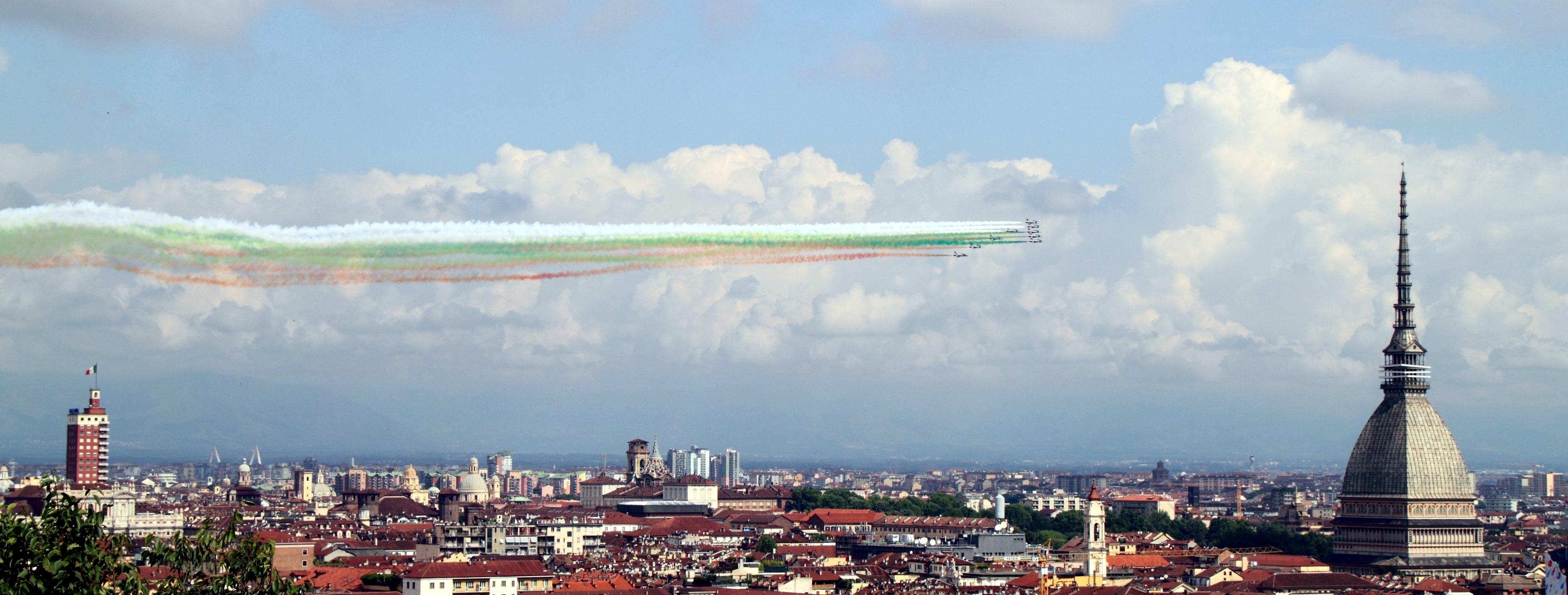
The chemtrail conspiracy theory posits that the trails left by airplanes are not merely water vapor but contain chemicals deliberately sprayed for nefarious purposes, such as population control or weather manipulation. This theory has been widely discredited by scientists, who explain that these trails, known as contrails, are simply the result of condensation. However, the chemtrail theory persists, fueled by distrust of government and environmental concerns. The idea of chemtrails echoes science fiction themes of environmental manipulation and the abuse of power, highlighting the tension between technological advancement and ecological stewardship. It challenges us to consider the impact of human activity on the natural world and the ethical implications of altering our environment.
7. The Illuminati: A Secret Society of Global Puppeteers

The Illuminati conspiracy theory suggests that a secret society of elites controls world events, manipulating governments, economies, and cultures to achieve a New World Order. This theory, which has roots in the 18th-century Bavarian Illuminati, has evolved into a modern mythos, encompassing everything from political assassinations to pop culture symbolism. The Illuminati theory reflects deep-seated fears of loss of autonomy and the concentration of power, themes that resonate with dystopian science fiction narratives. It challenges us to question the nature of power and influence in a globalized world, inviting us to consider the balance between individual freedom and collective governance.
8. HAARP: Weather Warfare and the Mind Control Machine
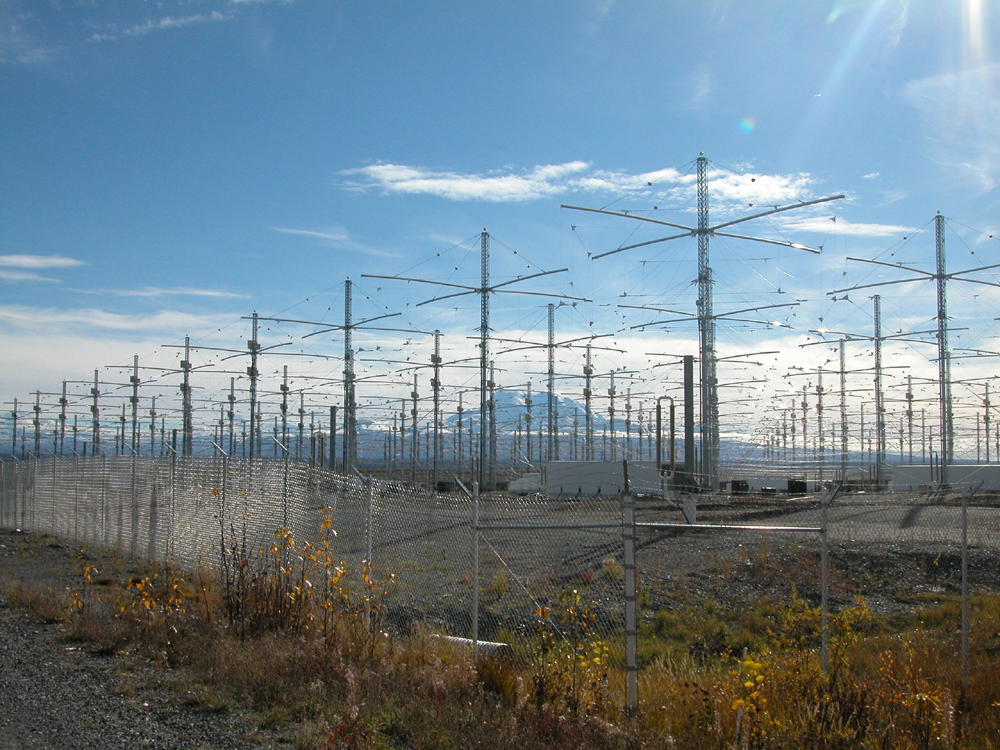
The High-Frequency Active Auroral Research Program (HAARP) is a real scientific project in Alaska, designed to study the ionosphere. However, conspiracy theories suggest that HAARP is a tool for weather modification, mind control, and even triggering natural disasters. These theories, despite being debunked by scientists, tap into fears of technological manipulation and the potential for science to be used as a weapon. HAARP echoes science fiction themes of weather control and mind manipulation, challenging us to consider the ethical boundaries of scientific research and the potential consequences of wielding such power. It serves as a reminder of the delicate balance between innovation and ethical responsibility.
9. The Flat Earth Revival: Questioning the Very Ground Beneath Us
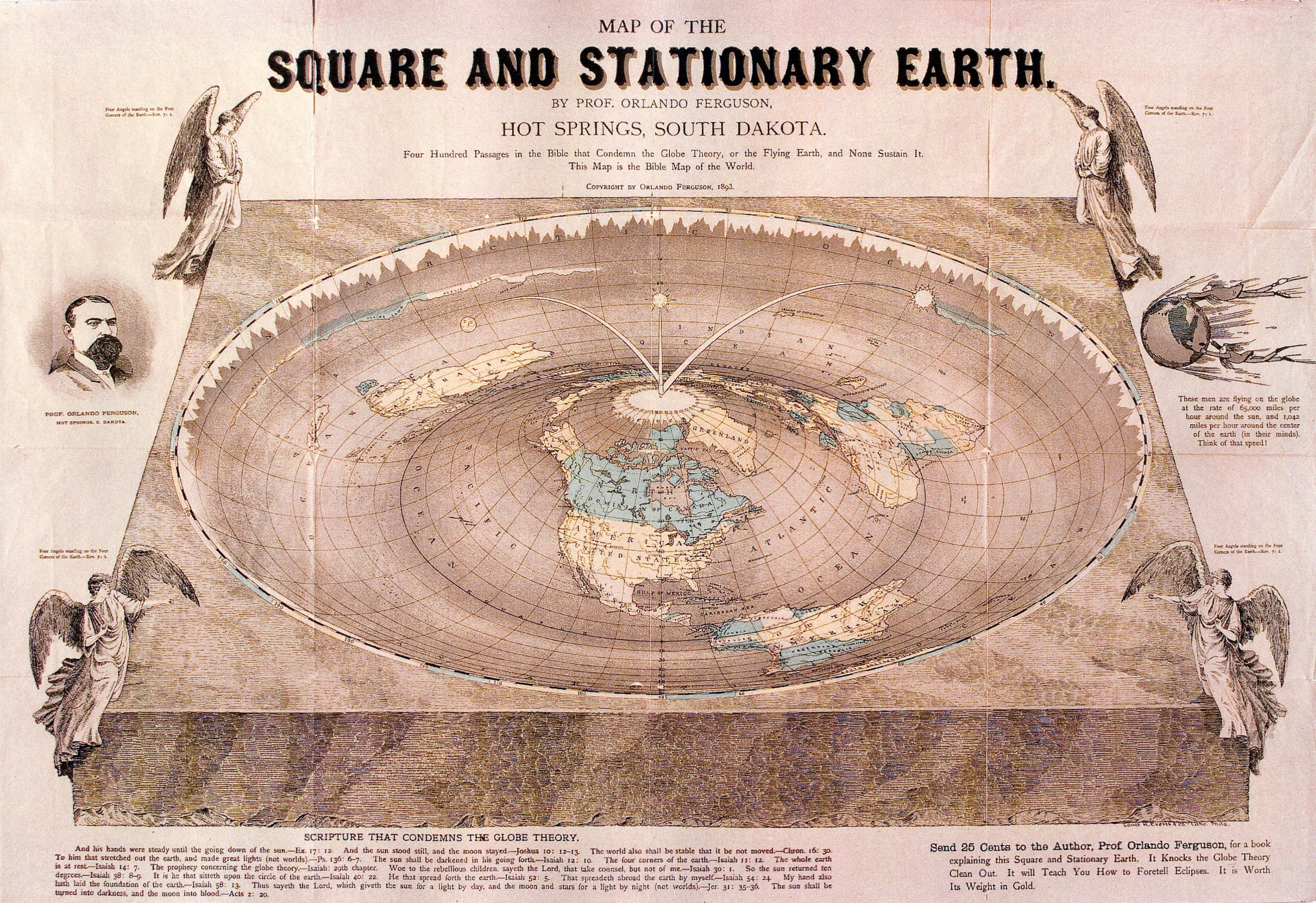
The Flat Earth theory, which posits that the Earth is a flat disc rather than a globe, has experienced a surprising resurgence in recent years, despite overwhelming scientific evidence to the contrary. This theory challenges fundamental scientific principles and reflects a broader skepticism towards established knowledge and authority. The Flat Earth revival is emblematic of the tension between empirical evidence and personal belief, themes that are central to many science fiction narratives. It invites us to consider the nature of knowledge and the role of critical thinking in an age of misinformation, highlighting the importance of scientific literacy and open-minded inquiry.
10. The Mandela Effect: Alternate Realities and Collective Memory

The Mandela Effect is a phenomenon where large groups of people remember events differently from how they occurred, leading to speculation about alternate realities or parallel universes. Named after Nelson Mandela, whom many falsely remember as having died in prison in the 1980s, this theory suggests that our memories are not infallible and may be influenced by external factors or shifts in reality. The Mandela Effect echoes science fiction themes of alternate realities and the malleability of memory, challenging us to question the reliability of our perceptions and the nature of reality itself. It serves as a reminder of the complexities of human cognition and the potential for our minds to shape our understanding of the world.
The conspiracies explored in this article, while bizarre and often debunked, reveal much about the human condition and our desire to make sense of the world. They reflect our fears and aspirations, our skepticism and curiosity, and our capacity for imagination and belief. In an age of rapid technological advancement and information overload, these conspiracies challenge us to discern truth from fiction and to question the nature of reality itself. They invite us to engage critically with the world around us, to seek out knowledge and understanding, and to embrace the complexities of the human experience. As we navigate the ever-changing landscape of the 21st century, the lessons of these conspiracies remind us of the importance of critical thinking, open-minded inquiry, and the enduring quest for truth.







